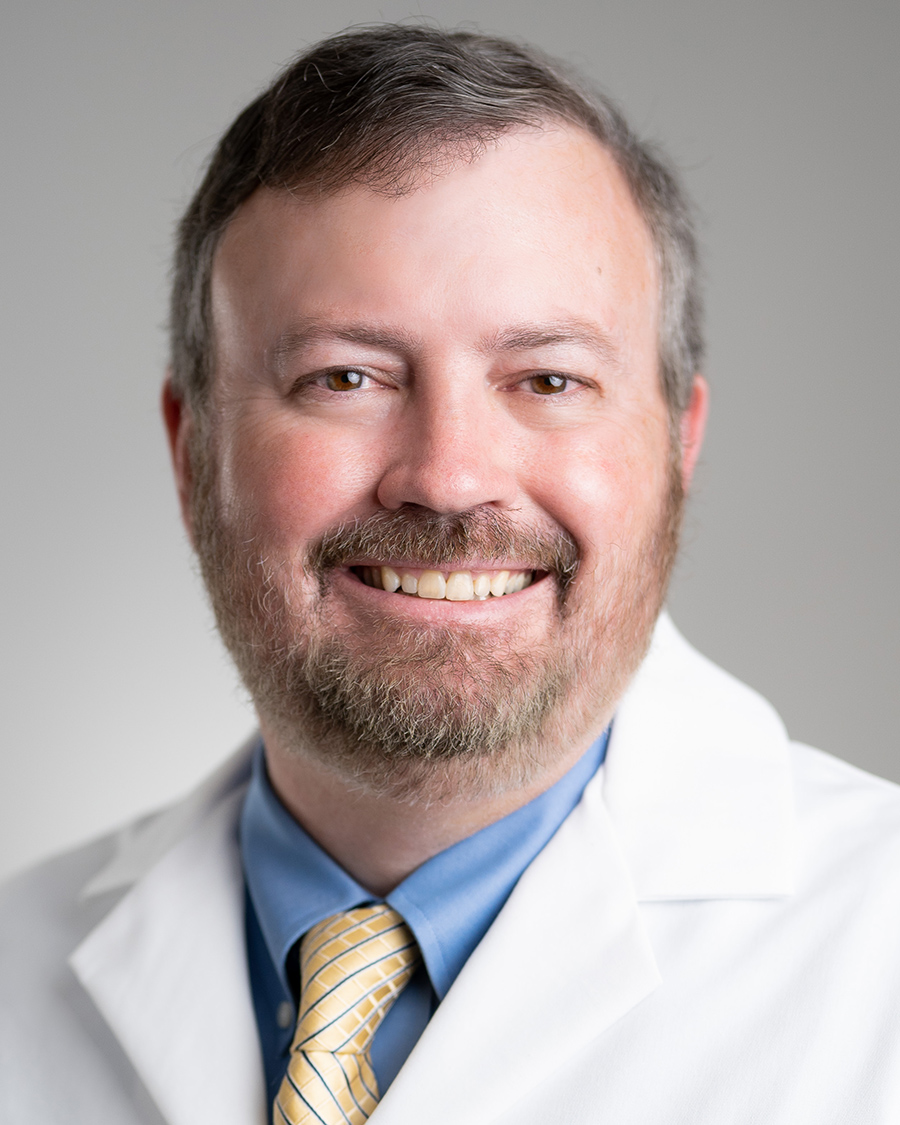Atrial Fibrillation and Arrhythmia Center is a cardiac facility dedicated to the study and treatment of atrial fibrillation. Dr. Craig McCotter is Wilmington Health’s electrophysiologist, which means his area of expertise deals with the diagnosis and treatment of heart rhythm disorders.
Millions of people experience irregular or abnormal heartbeats, called arrhythmias, at some point in their lives. Most of the time, arrhythmias are harmless, and they happen in healthy people free of heart disease. However, some abnormal heart rhythms can be serious or even deadly. Having other types of heart disease can also increase the risk of arrhythmias.
At Wilmington Health, patients will undergo a full cardiac work up and have an individualized treatment plan created based on their disease state. The providers will discuss all the treatment options available and will work with each patient to determine which treatment option is best.
Atrial Fibrillation
More than five million people in the U.S. have atrial fibrillation. In AFib, the heartbeat is irregular and rapid due to disorganized signals from the heart’s electrical system. The upper chambers of the heart may beat as often as 300-400 times a minute, about four times faster than normal. Though AFib isn’t life threatening, it can lead to other rhythm problems, and even heart failure. People with AFib are also five times more likely to have a stroke than people without the condition. Doctors often prescribe blood thinners (anticoagulants) to patients with AFib to reduce this higher risk of stroke.
Atrial Flutter (AFL)
Atrial flutter is similar to AFib because it also occurs in the atria or upper chambers of the heart and it can also result in a fast heartbeat. However, AFL tends to be an organized rhythm that is caused by an electrical wave circulating very rapidly in the atrium, about 300 times a minute. This can lead to a very fast, but regular, heartbeat. Like AFib, the atria are not able to beat properly and this results in an increased risk of a stroke.
Heart Block
A normal heartbeat is initiated by an electrical signal that comes from the heart’s natural pacemaker, the sinus node, located at the top of the right atrium. The electrical signal travels through the atria and reaches the atrioventricular (AV) node. After crossing the AV node, the electrical signal passes through the bundle of His (pronounced hiss). This bundle then divides into thin, wire-like structures called bundle branches that extend into the right and left ventricles. The electrical signal travels down the bundle branches and eventually reaches the muscle cells of the ventricles, causing them to contract and pump blood to the body. Heart block occurs when this passage of electricity from top to bottom of the heart is delayed or interrupted.
Sick Sinus Syndrome (SSS)
Sick Sinus Syndrome is when the heart’s natural electrical pacemaker, the sinus node, is not working properly. With SSS, the heart rate is slow (bradycardia) and usually involves implanting a pacemaker.
Supraventricular Tachycardia (SVT)
Supraventricular tachycardia, most commonly referred to as SVT, includes multiple forms with similar symptoms. The most common types of SVT are: atrioventricular nodal reentrant tachycardia (AVNRT), atrioventricular reentrant tachycardia (AVRT) and atrial tachycardia (AT).
Ventricular Fibrillation (VF)
Sudden Cardiac Arrest (SCA) caused by ventricular fibrillation (VF) is the cause of half of all heart-related deaths. VF is sudden, happens without warning, and stops the heart from working. In VF, the heartbeat is fast and chaotic, causing the lower heart chambers (ventricles) to lose their ability to pump effectively. This results in a drop in blood pressure and loss of consciousness. If normal rhythm is not restored it will result in death. Sometimes a heart attack (blockage of the heart pipes/arteries) can lead to VF. Bystander CPR can provide circulation and improve the survival rates in people with SCA until defibrillation is performed to restore the normal rhythm. Patients at risk for VF and survivors of SCA can be treated with implantable cardiac defibrillators (ICDs) to provide life-saving prompt treatment.
Ventricular Tachycardia (VT)
Ventricular tachycardia is a rapid heart rhythm that occurs in the lower chambers or ventricles of the heart. It often occurs in people with underlying heart disease like coronary artery disease, heart failure, or history of a previous heart attack. In these situations, it can become a life-threatening arrhythmia which can result in fainting or death if it persists and is left untreated. Ventricular tachycardia (VT) can also happen in people with normal hearts, in which case it is called idiopathic VT. Because VT is often associated with symptoms of, and in many people can lead to, ventricular fibrillation (a dangerously fast and disorganized heartbeat), it should be considered a serious condition requiring aggressive treatment and follow up.

